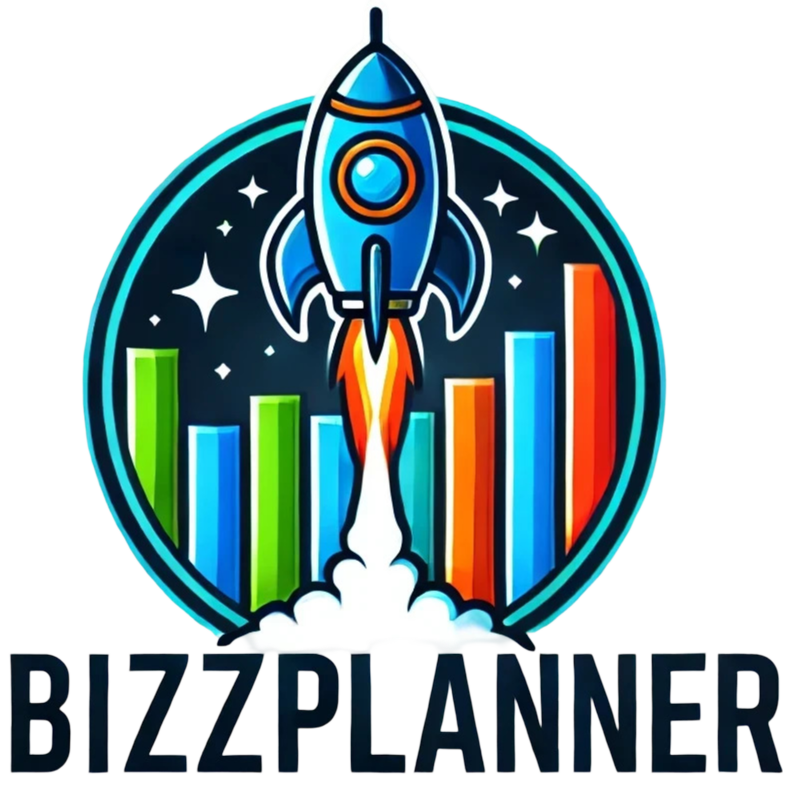Crafting an employee training program can feel overwhelming, right? You want your team to grow and excel, but where do you even start? With so many components to consider, it’s easy to feel lost in the process.
Well, hang tight! If you stick around, I promise you’ll uncover a straightforward approach to developing a training program that meets your needs. We’re diving into the essentials that will help you enhance your team’s skills without pulling your hair out.
From identifying training needs to monitoring outcomes, you’ll learn step-by-step how to create an effective employee training program. Let’s make this a breeze together!
Key Takeaways
Stefan’s Audio Takeaway
- Identify training needs by gathering feedback and observing performance metrics.
- Set clear, achievable training goals that align with company objectives.
- Create a structured plan that breaks down goals into manageable tasks and includes diverse training methods.
- Develop relevant training materials tailored to employee needs using various formats.
- Select a mix of training methods, including online, in-person, and mentorship.
- Implement the program with a kickoff meeting and ongoing engagement tracking.
- Engage participants through gamification, competitions, and positive feedback.
- Test the program’s effectiveness using assessments and participant feedback.
- Continuously monitor and improve training outcomes based on key performance indicators.

1. Identify Employee Training Needs
Finding out what your employees need to learn is the first step in any training program.
One approach is to conduct surveys or interviews to get direct feedback from your team.
Look out for skills gaps—maybe some employees are struggling with new software or lack knowledge in key areas.
Also, observe job performance metrics; if productivity is dipping, it might be time for training.
And don’t forget to consider future company goals; training should align with what you want to achieve as a business.
2. Set Clear Training Goals
After identifying training needs, it’s crucial to set goals that are clear and achievable.
Start by asking what you want the training to accomplish—more efficiency, better sales, improved customer service?
Make sure your goals are specific; instead of “improve communication skills,” try “increase team meeting effectiveness by 30%.”
Involve employees in this process; their input can offer valuable insights and make them feel more invested.
Finally, communicate these goals to the entire team so everyone is on the same page.
3. Create a Structured Training Plan
A structured training plan is your roadmap to success—without it, you might find yourself lost in the weeds.
Start by breaking your training goals down into smaller, manageable tasks.
Decide on a timeline for completion and designate responsibilities to team members.
Include a mix of training methods—classroom sessions, on-the-job training, and online courses might all fit into your plan.
Lastly, factor in regular check-ins to assess progress and make any necessary adjustments along the way.

4. Develop Relevant Training Materials
Creating training materials that resonate with employees is key to enhancing engagement and learning effectiveness.
Start by tailoring your content to address the specific skills and knowledge gaps identified earlier.
Make use of diverse formats, such as videos, interactive modules, and written resources to cater to different learning preferences.
Consider incorporating real-world examples and case studies that reflect the actual challenges your employees face.
Don’t forget to ensure accessibility—materials should be easy to access, whether in digital formats or through print.
5. Select Appropriate Training Methods
Choosing the right training methods can significantly impact learning outcomes and employee satisfaction.
Mix online and in-person training to suit different learning styles; think classroom sessions for collaboration and e-learning for flexibility.
On-the-job training is especially effective; it allows employees to immediately apply what they’ve learned in real work tasks.
Consider mentorship programs too, which can guide newer employees and foster a culture of continuous learning.
Finally, encourage feedback on the training methods used to continually improve the employee training experience.
6. Implement the Training Program
With your training plan and materials ready, it’s time to roll out the program.
Start with a kickoff meeting to explain the training objectives and how it will benefit the team.
Make it clear what’s expected from each participant and establish a schedule to follow.
Ensure managers are involved; their support can motivate staff and demonstrate the importance of the training.
Monitor attendance and engagement to tackle any issues as they arise and keep the momentum going.
7. Engage and Motivate Participants
Motivating your employees to participate can significantly enhance the training experience.
Utilize friendly competitions, gamification, and rewards to make learning more fun and engaging.
Encourage participants to share their thoughts and experiences to foster a supportive learning environment.
Regular check-ins can help adjust the training pace as needed to keep everyone on track without feeling overwhelmed.
And don’t forget the power of positive feedback; recognizing efforts boosts morale and drives participation!
8. Test the Training Program
Assessing the training program’s effectiveness is vital to ensure that learning objectives are being met.
Start with pre-training assessments to gauge current knowledge and skills, followed by post-training evaluations to measure improvement.
Solicit feedback directly from participants about what worked well and what didn’t—it can reveal insights you may have missed.
Additionally, consider implementing quizzes or practical tests to reinforce learning and solidify employee understanding.
Finally, share results with the team to highlight successes and motivate further engagement in future training.
9. Monitor and Improve Training Outcomes
Continuous monitoring and improvement of training outcomes are essential for long-term success.
Keep track of key performance indicators like retention rates, productivity levels, and employee feedback.
Regularly revisit and update the training materials and methods based on what the data shows.
Focus on cultivating a strong learning culture, as companies with such environments see 30-50% increases in retention rates.
Lastly, provide ongoing learning opportunities to ensure employees feel valued and are continually developing their skills.
FAQs
Start with performance evaluations, surveys, and employee feedback. Analyzing business goals and competency gaps also helps pinpoint specific training needs relevant to each role.
Utilize the SMART criteria: goals should be Specific, Measurable, Achievable, Relevant, and Time-bound. This framework helps clarify expectations and tracks progress effectively.
Incorporate interactive elements like discussions, group work, and hands-on exercises. Recognize achievements, provide real-life applications, and solicit feedback to make training more relatable and enjoyable.
Use assessments, surveys, and performance metrics to evaluate training effectiveness. Regularly review feedback and outcomes to identify areas for improvement and adapt training materials or methods as needed.
